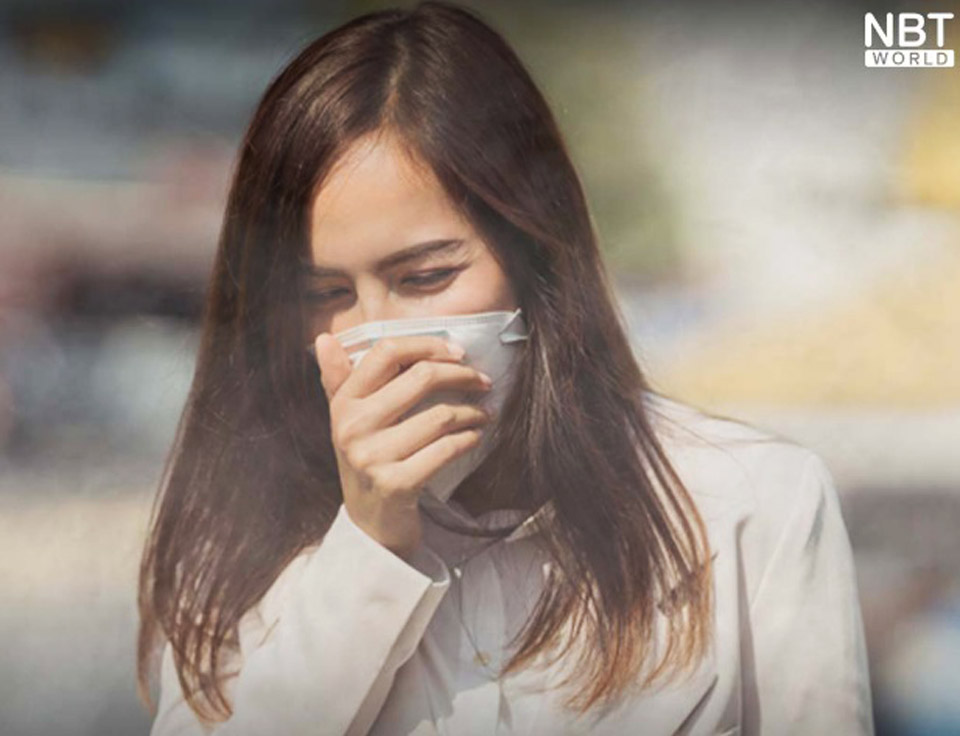
Thailand’s Prime Minister has ordered related agencies to monitor possible health effects caused by the haze disaster in Bangkok and neighboring provinces, with the Ministry of Public Health now working to address this seasonal pollution issue.
The levels of PM 2.5 airborne particles have been rising in Bangkok and neighboring provinces, with unhealthy levels reported in certain areas, posing health impacts.
Prime Minister Gen Prayut Chan-o-cha has ordered related agencies to closely monitor and help prevent health impacts caused by this seasonal haze disaster, with local authorities are working to mitigate the haze accumulation.
The Bangkok Metropolitan Administration has been performing street cleanups to help wash down airborne particles, while several agencies are strictly regulating against black exhaust smoke emitted from vehicles.
Meanwhile, the Ministry of Public Health is preparing to set up an online pollution clinic, and prepare dust-free rooms at healthcare facilities, nurseries, nursing homes, or even at houses.
Minister of Public Health AnutinCharnvirakul said this cycle of seasonal haze is expected to last for 2-3 months, adding that the work from the home policy could be reintroduced to help remove vehicles from the streets.
Department of Disease Control Director General Dr. OpasKarnkawinpong said the occupational and environmental diseases control panel has agreed to start tracking dust-related diseases, namely respiratory tract diseases, heart diseases, eye diseases, skin diseases, among others.
Provincial environmental committees are now asked to assess the haze situation in their area in color-coded tiers and to enforce environmental measures accordingly.
Historical data shows the northern province of Thailand faces the most severe haze disaster, with the haze persisting from November last year to March. The situation is less severe in the northeastern region, followed by Bangkok. Provinces in the southern region are however least affected from this disaster. (NNT)
 |
 |
 |





